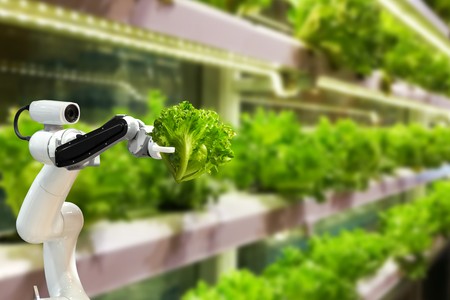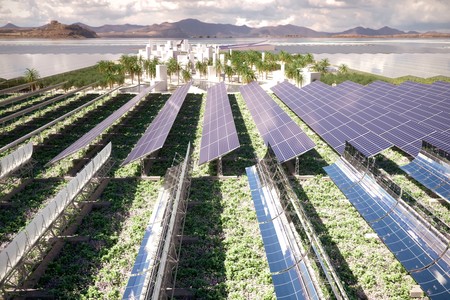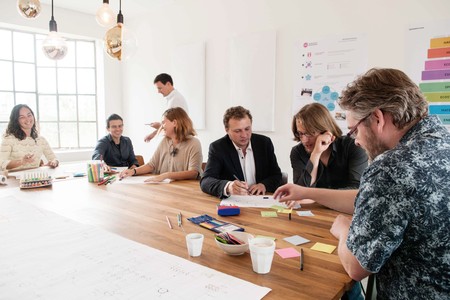The drive toward Eco-industrial parks and the support for a more sustainable future are gaining momentum with investors, businesses, and manufacturers alike. Processing and manufacturing has a dramatic and negative impact on our environment and economic resilience. Industrial symbiosis, the processes than happen between business and industries within eco-industrial parks, is an area of great leverage, through requires systemic insight, understanding and collaborative processes.
A greener and less polluted future for industry works best if it considers effects on society at large, for the long term. Planting a few trees or fitting solar panels are valuable for the business, but they are only single actions in the diverse and complex systems in industrial parks and supply chains, and do little to help transform towards a sustainable society. They also do not fundamentally help with the industry's resilience or long term viability.
Adopting industrial symbiosis through a more systemic approach closes loops, reduce waste, enforces circularity, and encourages new business opportunities, strategies, and employment. This article provides a brief overview of industrial symbiosis, discuss some working examples, countries that can benefit from it, and a few designs from Except.
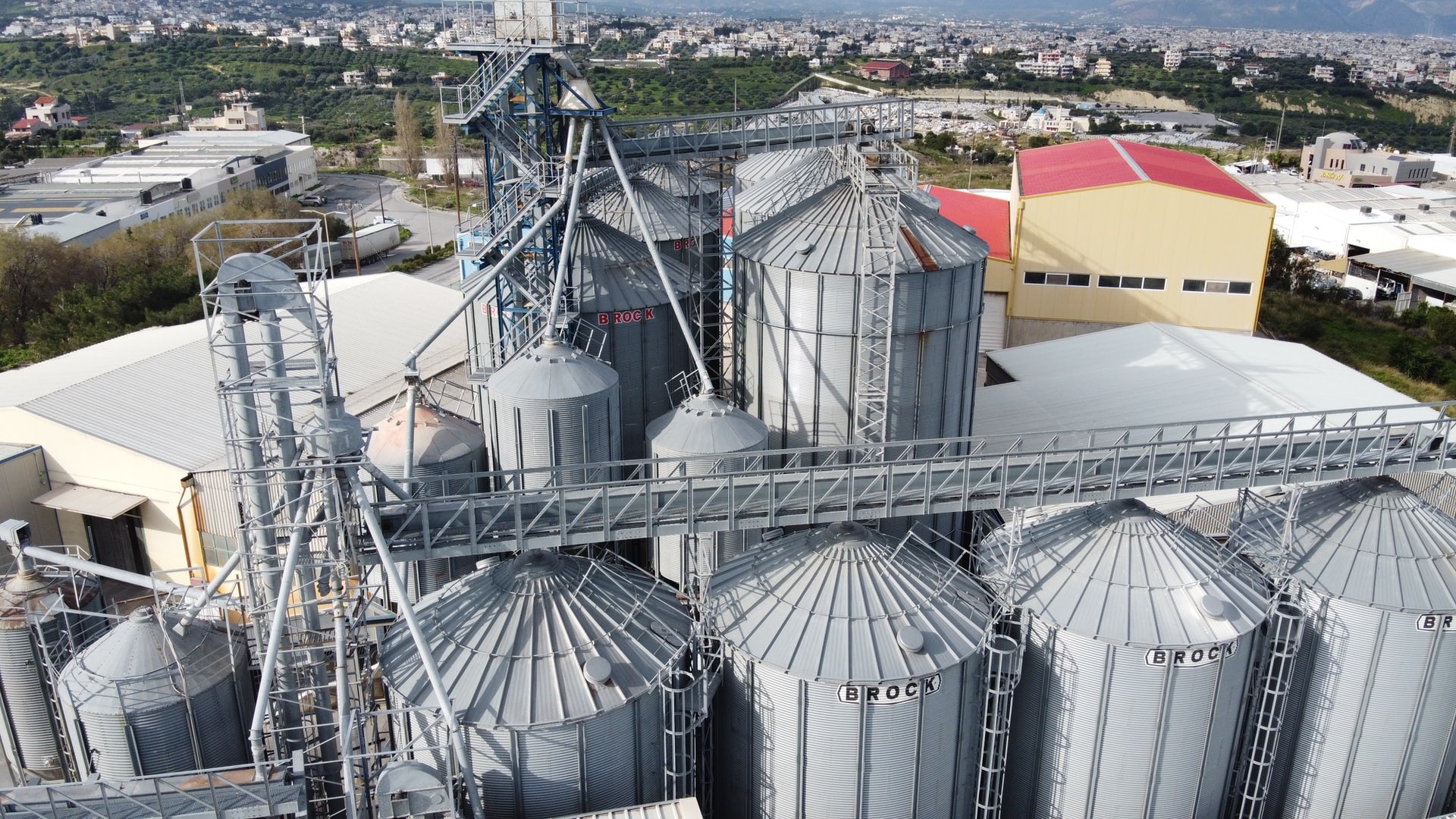
What is industrial symbiosis?
Industrial symbiosis refers to the process of one company or sector utilizing the waste resources of another. Such waste could be heat, energy, water, by-products, logistics, expertise, equipment, and materials.
The overarching aim of industrial symbiosis is to close waste loops, keeping resources in productive use for much longer. In practice, ensuring a more circular, zero-waste, and sustainable manufacturing and processing creates many benefits beyond efficient resource use.
The benefits of industrial symbiosis include:
- Promoting synergies between producers, processors, service providers, and government
- Creating integrated business models and circular resource loops
- Encouraging innovation, new revenue streams, and employment opportunities
- Ensuring efficient energy production and reuse to reduce carbon emissions
- Regenerating polluted soil, waterways, and biodiversity
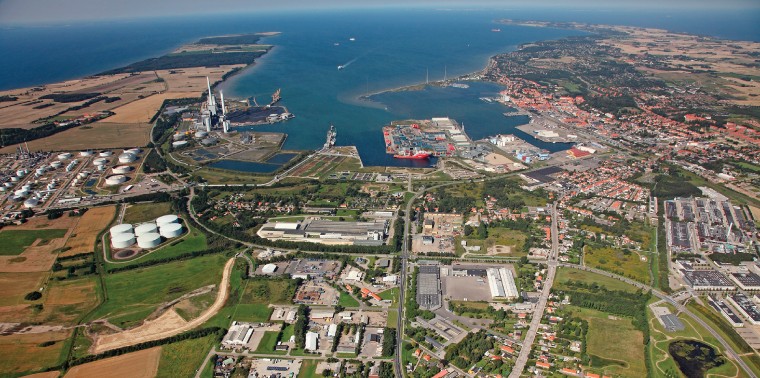
Examples of industrial symbiosis
Despite the numerous benefits, industrial symbiosis and adopting a circular and zero-waste waste philosophy at scale are not as widespread as one might imagine. However, several outstanding examples are prepping the path for widespread adoption to create a more sustainable world.
Kalundborg Eco-industrial Park, Denmark
Kalundborg is the most famous example of industrial symbiosis. Originally designed with the explicit aim to address economic instability, the environmental and social benefits that have come about are only side effects - though inherently positive ones. This park encompasses an oil refinery, pharmaceutics, a producer of gypsum board, a recycling facility, a water and heat supplier, and waste facilities for residents.
Handelo Eco-Industrial Park, Sweden
Handelo centers on a biomass incinerator that uses forestry waste to generate heat and electricity for the town's residents. The surplus steam from this plant is directed to a nearby biorefinery and used in grain-based ethanol production. The nearby carbonic acid factory utilizes waste carbon dioxide from this process, and bio-waste is used to create a protein-rich animal feed for local farms.
Fairfield Industrial Park, USA
Fairfield industrial park in Baltimore, Maryland, is slightly different from the previous examples. It focuses on not just attracting organizations already practicing circular and sustainable production methods but actively enables others to adopt industrial symbiosis more easily. The park supports and encourages them to find new revenue streams within and beyond the precinct. This park includes companies in logistics, chemical production, waste treatment, food waste recycling, heating services, and packaging.
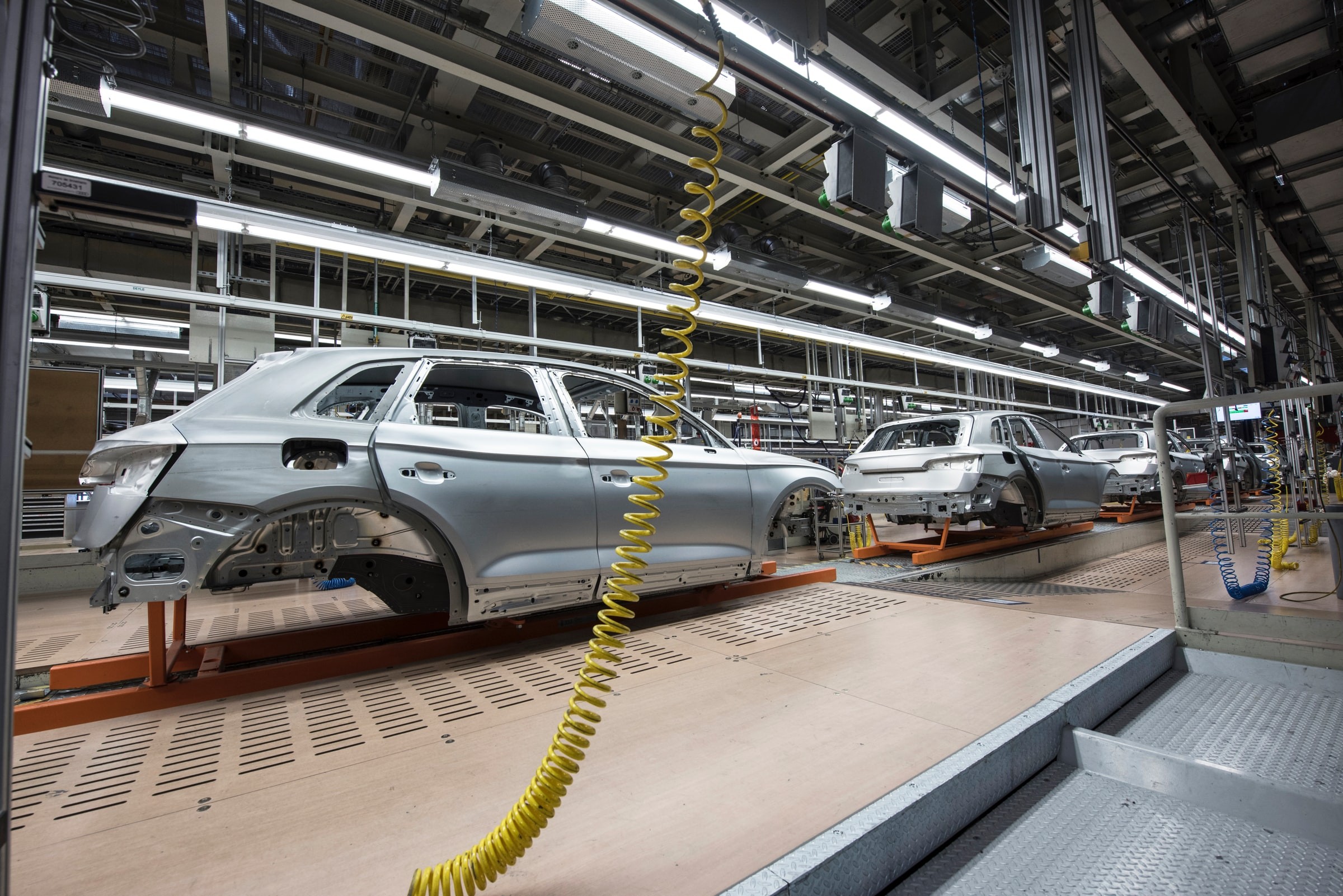
Emerging economies and industrial symbiosis
Industrial symbiosis's immense economic and environmental benefits promise vast benefits to countries and regions but are of particular value to developing and emerging economies. Not only are these countries to most industrialized and home to the most growth in this sector, but they also happen to be some of the most populous and polluted.
As many industrialized countries eye more sustainable and green trajectories, there is a growing interest in eco-parks. Those who adopt industrial symbiosis early can attract more FDI seeking these processes, get an edge over competing nations, and begin to reap the benefits sooner.
Industrial symbiosis is still in its infancy but is starting to gain the recognition is deserves as a critical leverage point for sustainable development. Some examples of such developing nations that could benefit from industrial symbiosis:
Brazil
Brazil, home to 215 million residents, is the third most productive industrial hub in the Americas and home to a vast landmass with diverse industries centered around: textiles, agriculture, petroleum, automobile manufacturing, and parts, chemicals, machinery, and steel production.
Like all nations, they face a unique set of challenges but could be overcome by adopting a more circular and cooperative approach - particularly in manufacturing, food production, and processing. Industrial symbiosis not only encourages more collaborative business models but it would help to avoid the current issue of ongoing economic stagnation and environmental degradation.
Vietnam
The widespread adoption of industrial symbiosis in Vietnam will aid efficiency and support the rapid growth in green FDI and its demand for sustainable manufacturing and processing. Vietnam's primary industries include agriculture, food processing, textiles, construction, telecommunications, and electronics.
Although in its infancy, there is a growing demand for more sustainable investments and development as developments in integrated townships and industrial parks are beginning to expand across the country. For example, the Danish toy giant, LEGO Group, plans to develop its first net-zero factory in an industrial eco-park in southern Vietnam, aiming to contribute to the expansion of renewable energy, collaborative business culture, and the region's attractiveness for green FDI.
India
India is yet another heavily industrialized country that could benefit from circular industrial eco-parks and industrial symbiosis. Core industries in India include pharmaceuticals, fertilizers, IT, textiles, iron and steel, paper, and aviation.
Although some examples of symbiotic industries already exist, the practices are far from widespread. Supporting management systems for more companies and sectors to create wider-reaching interconnected networks will spur innovation, address resource scarcity, and reduce industry concentration imbalances.
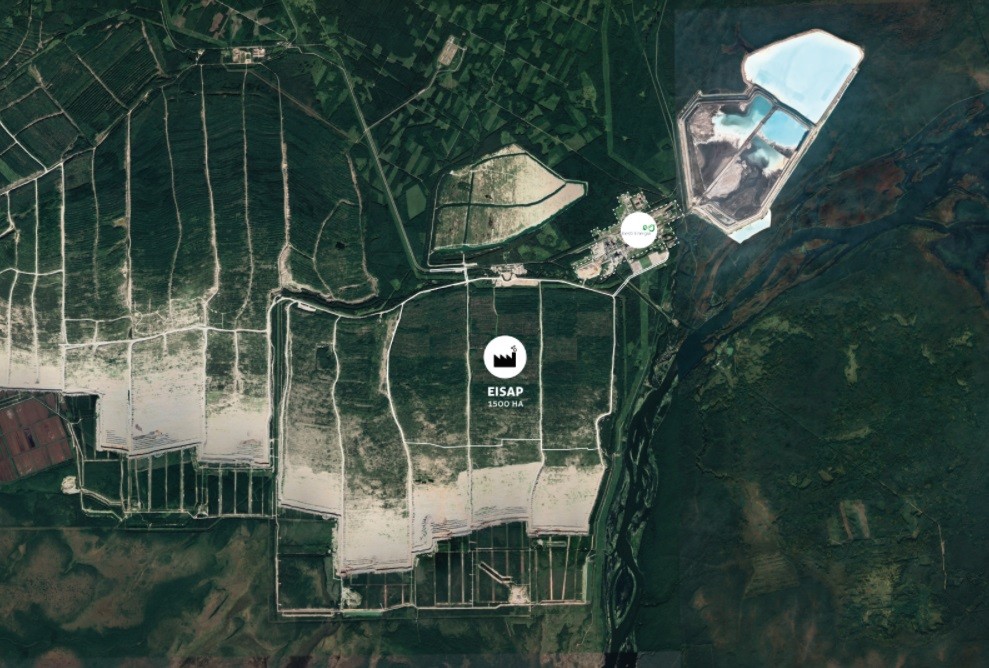
Our experience with industrial symbiosis
Except uses integrated systems thinking and our adaptive Symbiosis in Development (SiD) framework to design sustainable industry, allowing differences in resources and needs for each unique location and culture.
We work with governments and businesses, providing services in vision and strategy, impact assessment, and transition management to design, build and operate industrial eco-parks to adopt industrial symbiosis.
Some examples of our work include:
Estonian Industrial Symbiosis Agro-Park (EISAP)
Along with Ida-Virumaa Industrial Areas (IVIA), we produced the EISAP concept. The agro-industrial park utilizes the existing power station as a driver of symbiotic industries, food production, and ecosystem services to revitalize the degraded landscape and ensure economic sustainability.
EISAP utilizes waste heat and steam from the power station to support existing and encourage new industries in the region. The park's design features extensive waterways and regenerative agriculture to enhance ecosystem services in wastewater treatment, sustainable and hi-tech food production, and the vital remediation of polluted soils and weakened regional biodiversity.
EISAP facilitates a circular economy to encourage alternative business models that ensure continued innovation and the emergence of alternative and quality employment opportunities.
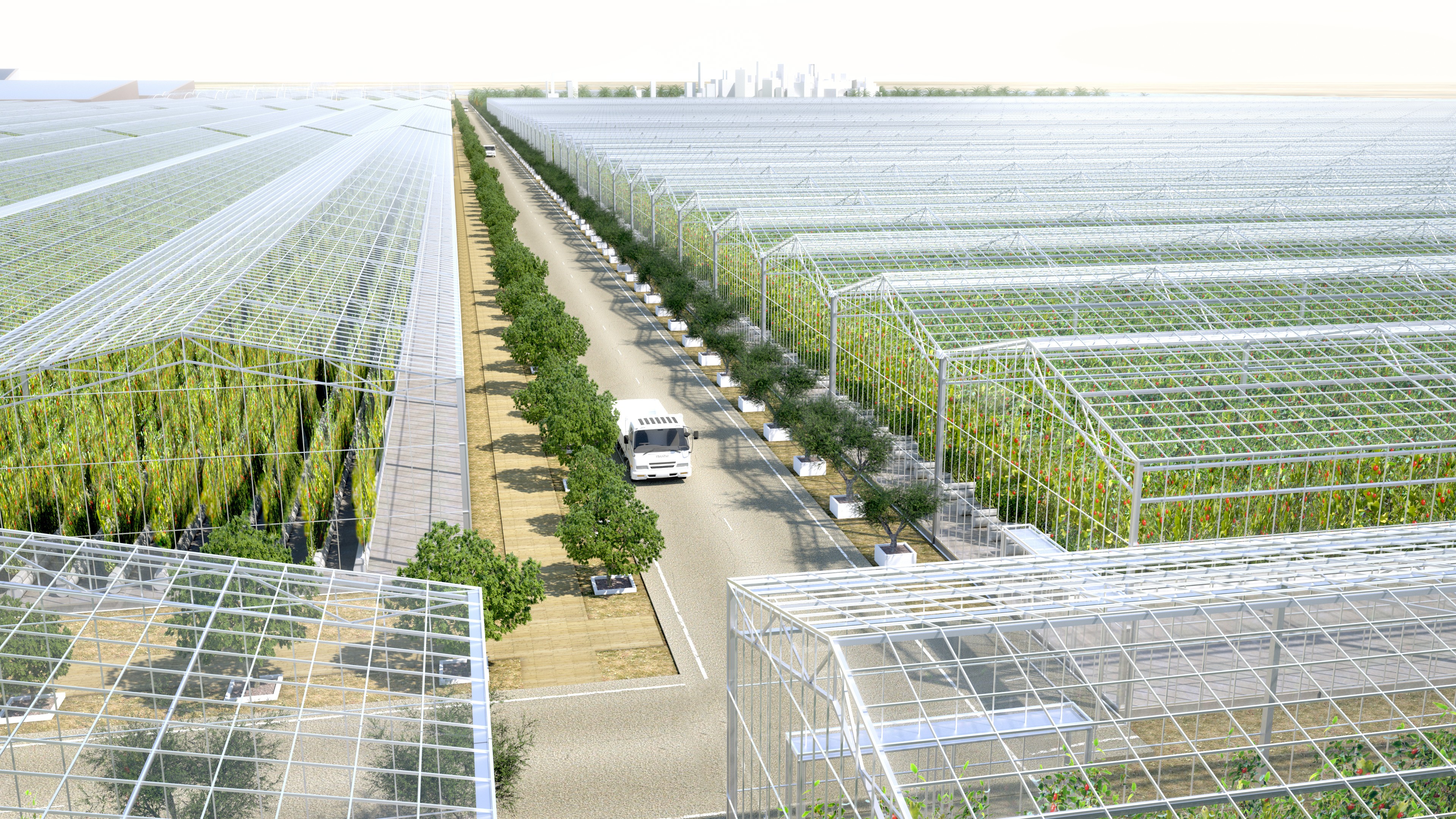
Serenity Farms
Serenity Farms is the result of a collaboration between Except and the Reza Investment Company in Saudi Arabia. Its approach to industrial symbiosis - with agriculture at its core - is somewhat different from previous examples but has the same philosophy of cross-industry collaboration and circularity to reduce resource depletion and reusing waste.
Agricultural-based industrial symbiosis at Serenity Farms reuses waste from hospitality and poultry farms, sources CO2 from processing facilities, and plant fibers for packaging. The project ensures the availability of quality local produce, uses renewable energy, avoids freshwater aquifer depletion, and provides stable employment to a remote and arid region.
Localizing production significantly reduces carbon emissions, reduces the usually high production costs, and enhances the poor quality often associated with transporting fresh food to remote arid regions.
Contact us
Please contact us if you're interested to learn more about how we can help you develop innovative practices and circularity of industrial symbiosis at your factory, processing plant, or eco-industrial park.
10 augustus 2024



